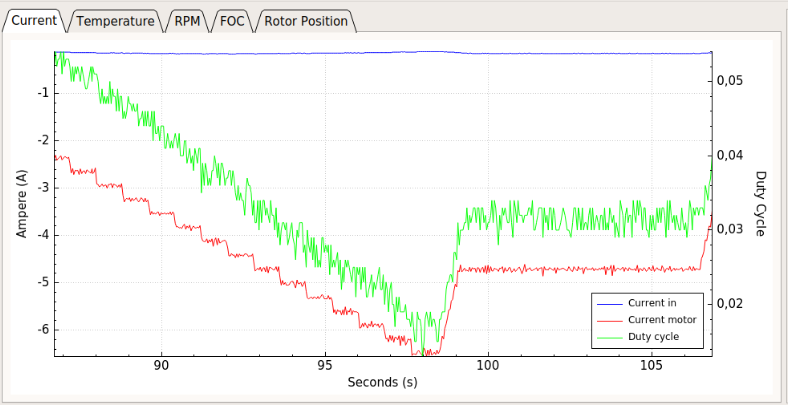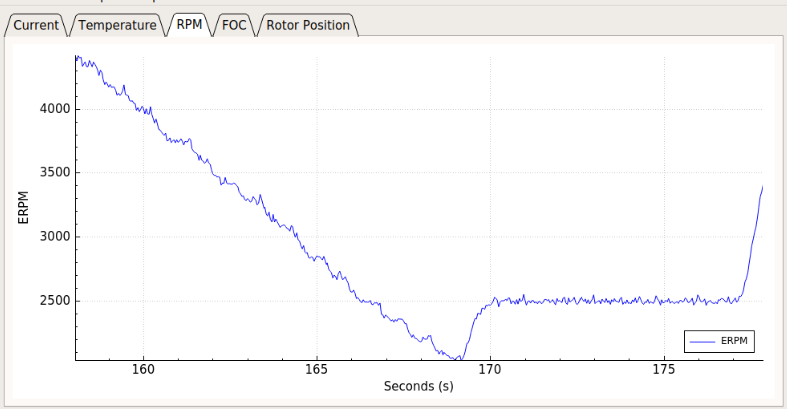-
DC supply voltage control
05/12/2019 at 12:44 • 0 commentsI have decided to first develop a simple DC supply voltage controller that will be the basis for two configurations described in the introduction (controller acting as a voltage source for the self sustained DC "grid"; controller connected to the grid-tied inverter).
Controller is a simple PI regulator that determines the motor torque based on DC voltage reference and measured DC voltage:
![]()
Parameters are currently set with experimentation, but there should be a simple way of defining the coefficients based on system parameters (capacitance, torque constant, rotational speed).
For the "proof of concept" test I used a simple power resistor as a load for DC supply:
![]()
Voltage reference was set at 15 V (voltage controller running at 1kHz), while resistor was connected and disconnected multiple times. Voltage remained constant while the motor current changed according the the DC supply energy demand:
![]()
Here is a video of the multimeter and power resistor connected to the controller DC terminals:
After some additional testing I will add the support of the new mode and parameters to the PC GUI.
-
MPPT scanning algorithm test
05/05/2019 at 09:24 • 0 commentsSimplest way for me to test different energy conversion functionalities is to build a back-to-back setup. I have coupled two brushless outrunners enclosed in a plexiglass tube for protection. It is not the optimum solution for long term testing, due to heat build-up, but it will suffice for SW testing.
Instead of connecting the generator side of the system to the wind or water turbine I programmed a simple linear speed/torque curve to one of the motors:
set_speed = no_load_speed - ramp_coefficient*motor_current
Parameters of the load curve can be adjusted with a PC GUI. Linear load curve should have a maximum power point at no_load_speed/2. Wind or water turbines tend to have higher order load curves but this simple curve is sufficient for first tests.
I have programmed a simple MPPT algorithm, that measures the generating power over the whole pre-programmed range and then settles at the MPP:All parameters can be set of the PC GUI application with the modified VESC Tool:
Number of different parameters should ensure that SW could be adapted to a number of different generator applications.
Here is a screenshot of the motor currents/speed during the first MPPT test:
In order to use this algorithm to charge the battery there is feature added which gradually reduces the charging current until reaching full battery voltage.
I will perform the next MPPT test by connecting the generator side to the LiPo battery pack and test the full battery derating function.
Micro generator platform for water and wind energy
Open low power motor controller platform for generator applications
 Mitja Breznik
Mitja Breznik
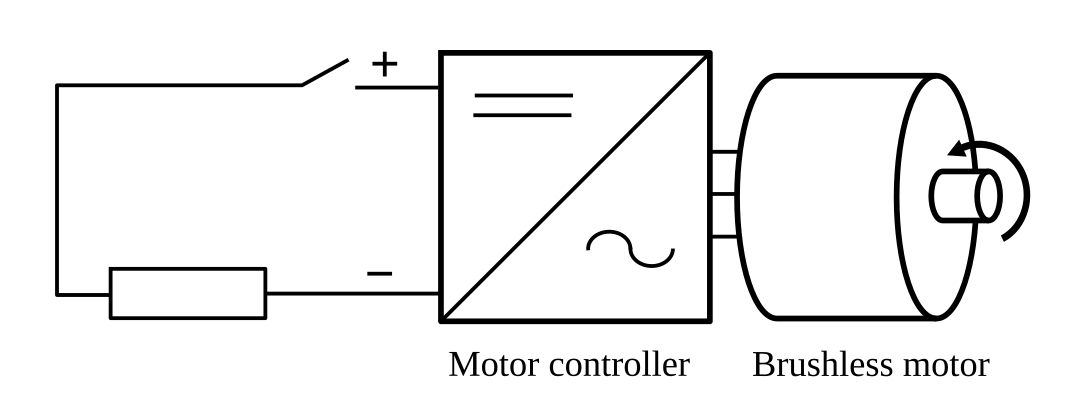
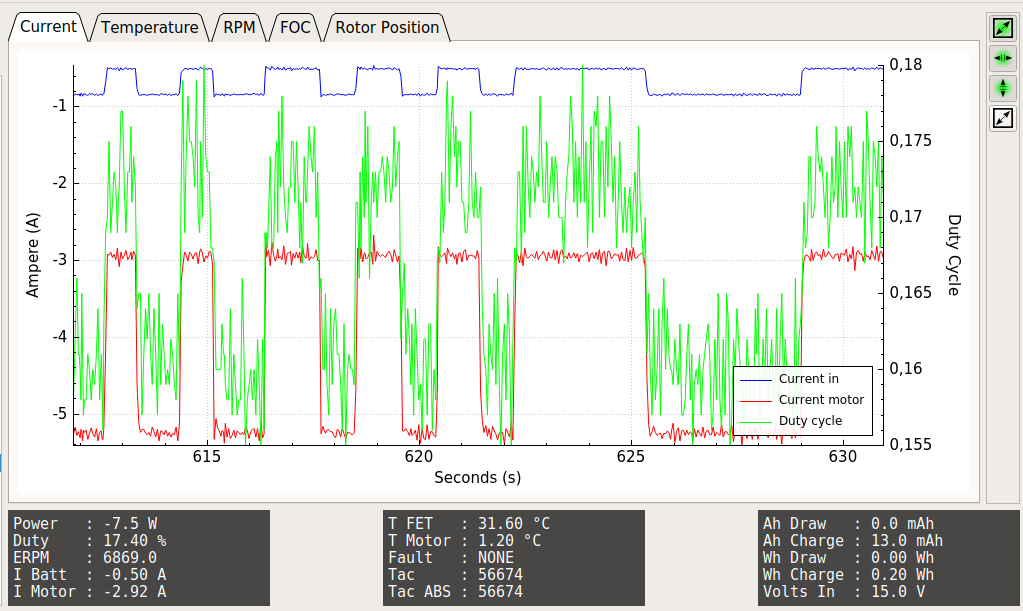
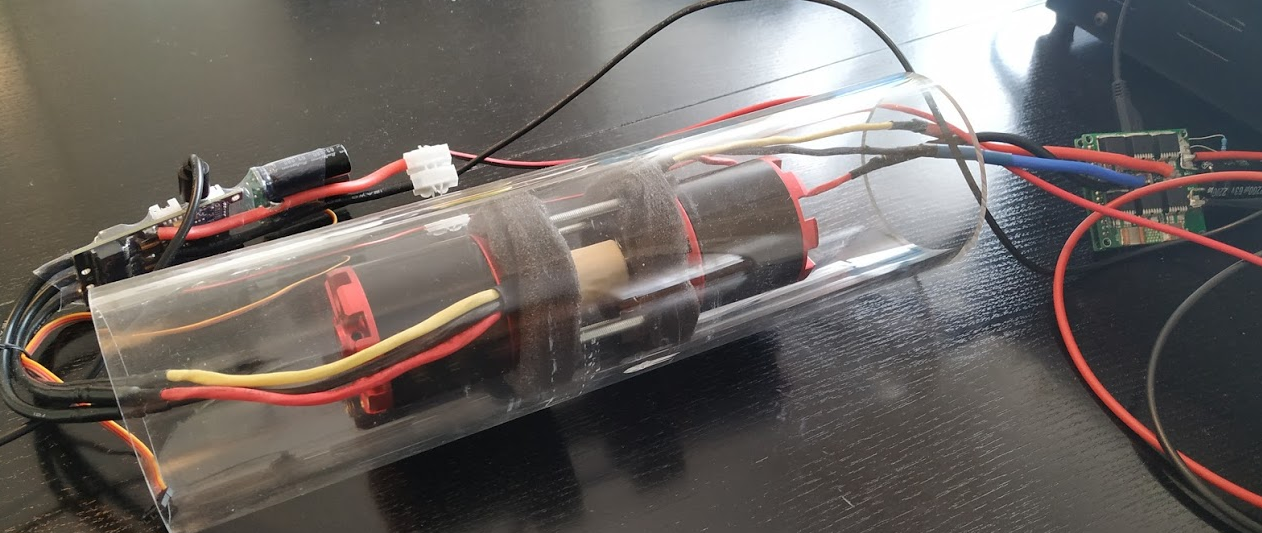 Instead of connecting the generator side of the system to the wind or water turbine I programmed a simple linear speed/torque curve to one of the motors:
Instead of connecting the generator side of the system to the wind or water turbine I programmed a simple linear speed/torque curve to one of the motors: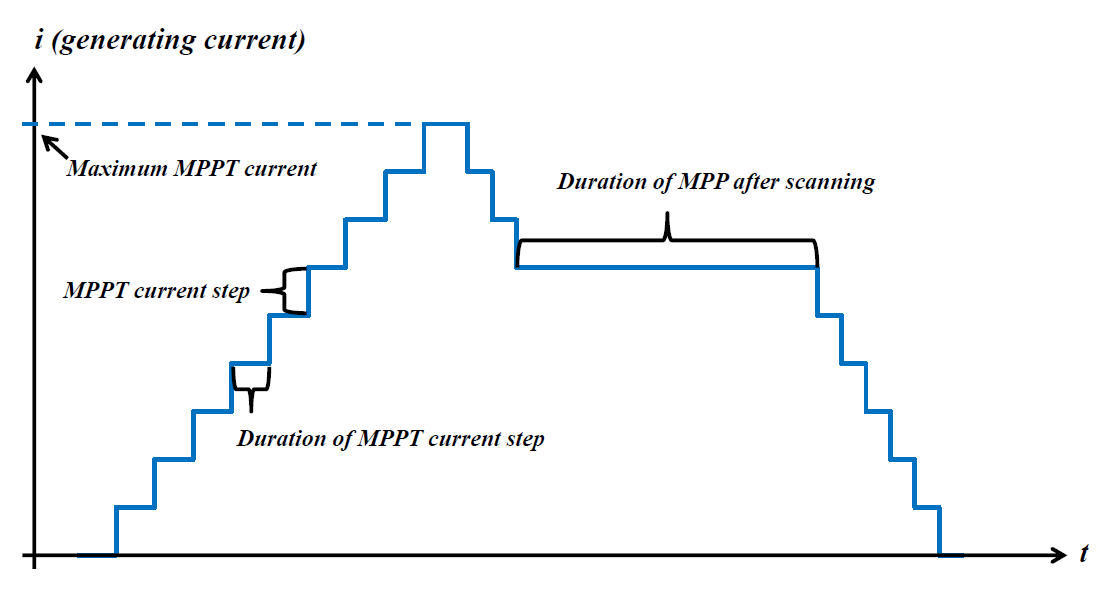 All parameters can be set of the PC GUI application with the modified VESC Tool:
All parameters can be set of the PC GUI application with the modified VESC Tool: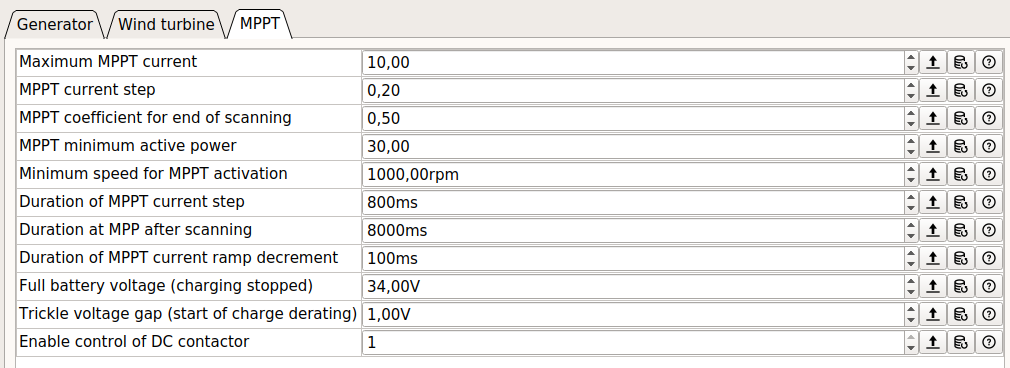 Number of different parameters should ensure that SW could be adapted to a number of different generator applications.
Number of different parameters should ensure that SW could be adapted to a number of different generator applications.